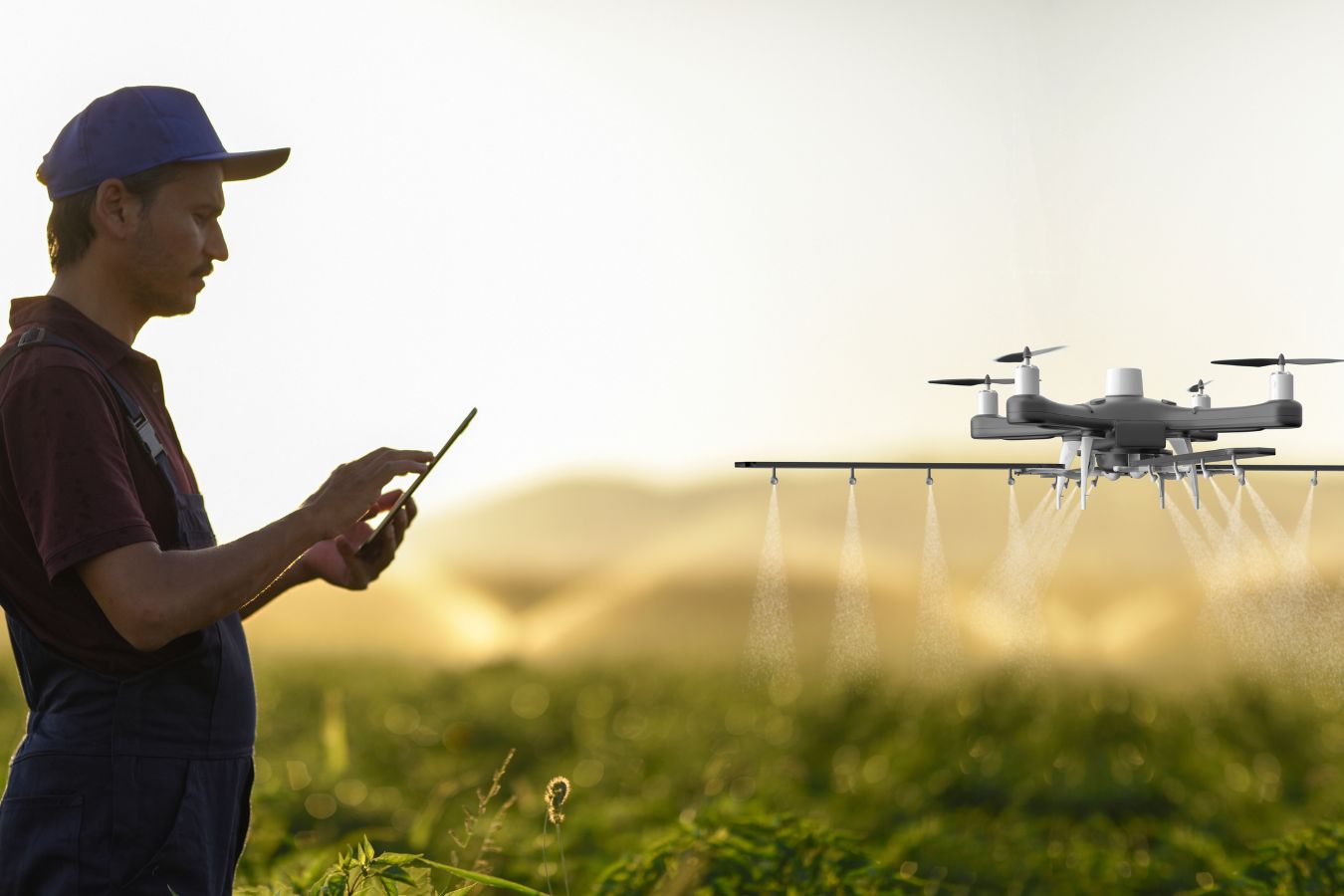
Drones in Coffee Farming: As a trailblazer in coffee production innovation, Helena Coffee has successfully integrated drones into its farming procedures, marking substantial improvements in reducing environmental pollution and optimizing production efficiency.
Renowned as a thought leader and pioneer within the coffee industry, Helena Coffee has ingeniously incorporated drone technology into its agricultural management processes. This revolutionary merge of agriculture and technology has paved the way for a remarkable transformation of the entire farming operation.
Notably, the application of drones has profoundly minimized environmental impact, aiding Helena Coffee in its aspiration for a sustainable future. The technology ensures minimal ecological perturbation by accurately executing tasks like aerial spraying, reducing the indiscriminate application of harmful substances to the environment.
The Applications of Drones in Coffee Farming
Drones have increasingly found their place in coffee farming, providing beneficial applications that promise efficiency, cost-effectiveness, and sustainability.
1. Precision Agriculture
Drones in agriculture, specifically in coffee farming, are increasingly equipped with highly sophisticated sensors and imaging capacities, enabling them to gather valuable real-time data about the crops.
These advanced drones can carry payloads of multi-spectral sensors which are capable of capturing high-resolution images in various spectra, such as visible, near-infrared, and thermal. While the visible light sensors provide a detailed view of the crop canopy, the other sensors provide additional diagnostic capabilities.
One of the most significant benefits is early disease detection. Certain diseases cause plant stress that affects the reflectance of light off the leaves in non-visible spectra. By analyzing this change with the help of specific algorithms, drones can pinpoint plants showing signs of disease long before the signs become visible to the naked eye. This early detection allows for accurate application of needed treatments, reducing the spread and impact of the diseases.
Similarly, these sophisticated sensors can effectively recognize patterns indicative of pests. They might detect physical damage, changes in plant physiology, or movement patterns characteristic of certain pests. This allows for rapid intervention, minimizing the detrimental effects of pest infestations.
Drones also assist in determining water stress in coffee plants. With thermal imaging, for instance, drones can pick up areas of the field where plants are warmer due to a lack of sufficient water. This information is often more accurate and can provide an advanced warning as compared to traditional signs of water stress like wilting or discoloration.
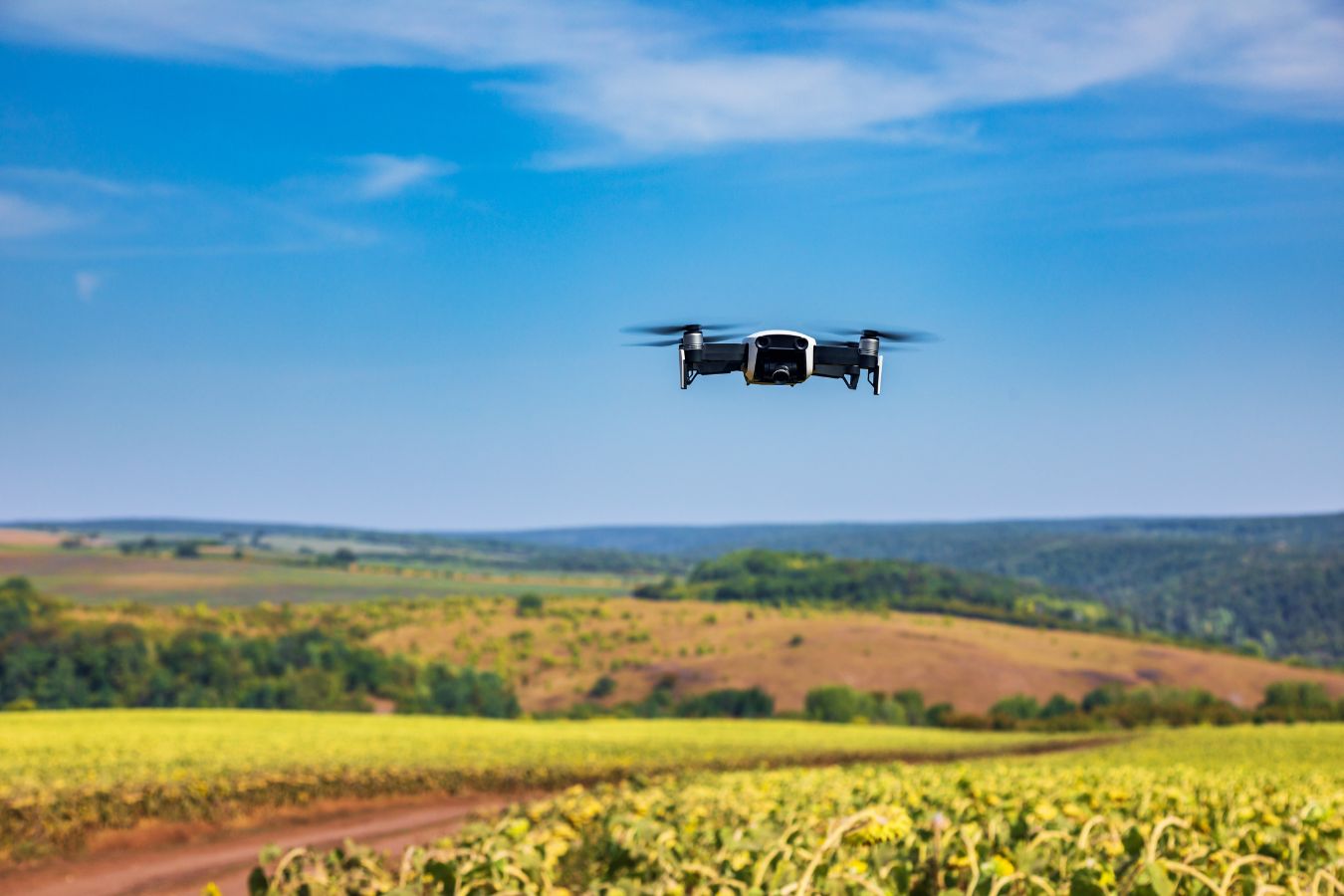
Through these capabilities, drones are proving to be an invaluable tool for precision agriculture, allowing coffee farmers to apply remedies right when and where they’re needed, enhancing crop health and yield, and diminishing resource waste.
2. Aerial Spraying
Drones equipped for agricultural applications can distribute elements crucial to crop growth such as fertilizers, pesticides, and other necessary treatments, with optimal efficiency and precision. Compared to standard application methods using tractors or manual labor, drones offer a highly accurate alternative, reducing the tendency for over-application and wastage.
The drone spraying system is controlled by a combination of GPS and software that defines the precise parameters for the distribution of these substances. The system can adjust the drone’s altitude per terrain variations and spray accordingly for consistent coverage, which manual methods cannot achieve.
With a finely calibrated spray system, the drone delivers the exact volume of solution required per area, ensuring that every plant receives adequate treatment. This decreases the potential for run-off into water systems and reduces over-spraying, thereby limiting the exposure of non-target areas and organisms to potentially harmful chemicals.
The reduced overuse of chemicals not only cuts down on costs associated with purchase and application of these substances but also lessens the environmental and ecological impact. Soil integrity is preserved, and beneficial organisms in the ecosystem are not unduly affected.
In areas where the over-application of fertilizers and pesticides has led to soil degradation and water pollution, the use of drones can be particularly advantageous. The improved control over application rates ensures that the necessary chemicals support plant growth without threatening environmental health.
Moreover, drones offer a safer alternative for farmers who are otherwise exposed to these potentially harmful substances during manual spraying. By allowing farmers to conduct the process remotely, drones contribute to a safer working environment.
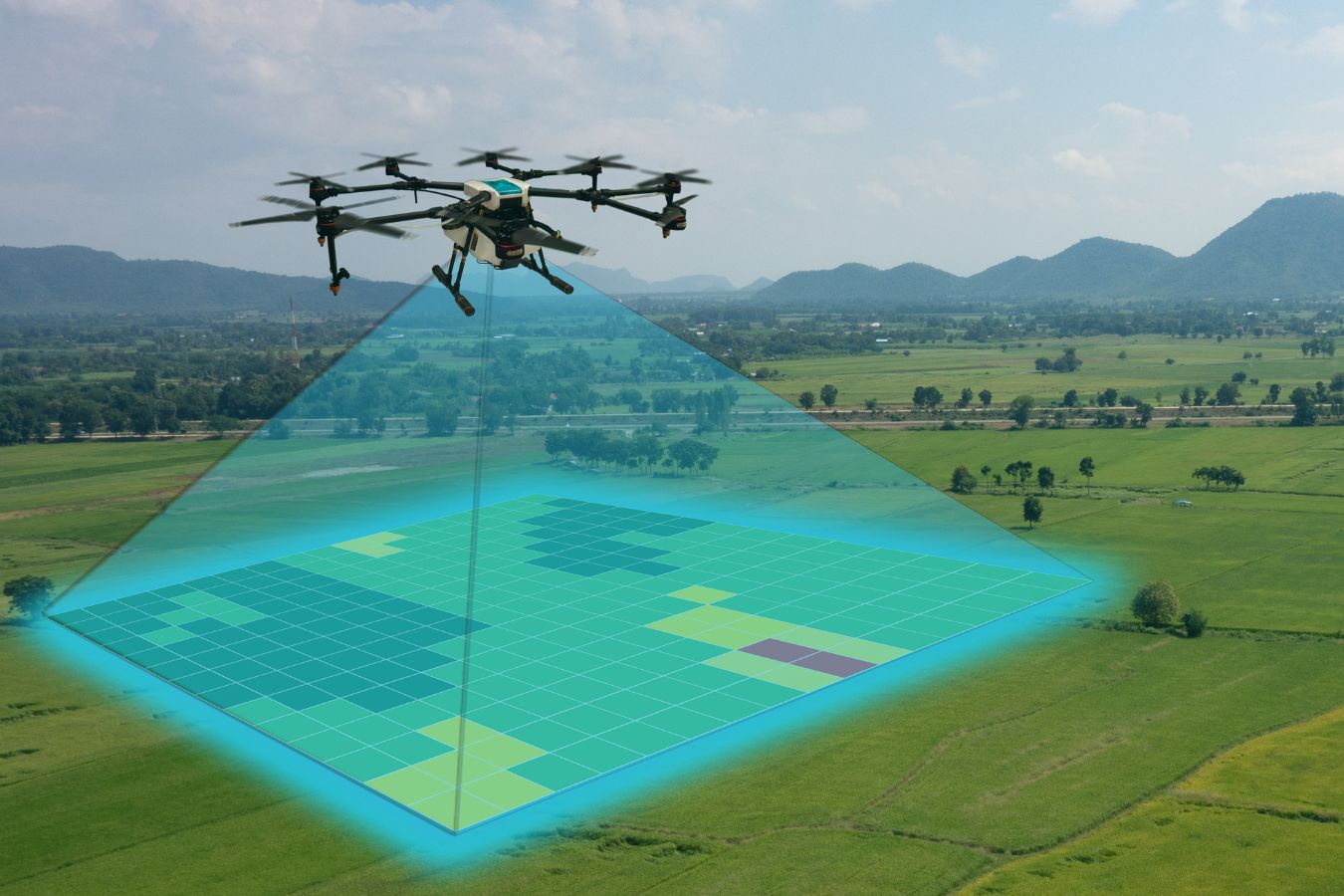
In sum, the efficient, precise and safer method of using drones for distributing fertilizers, pesticides, and treatments contributes not only to cost savings and increased productivity, but also promotes sustainable farming practices and reduces environmental degradation.
3. Irrigation Management
With thermal sensors, drones can identify parts of the field that are dry and need more water. This allows for more accurate water usage, helping save resources and keeping the plants at optimal health.
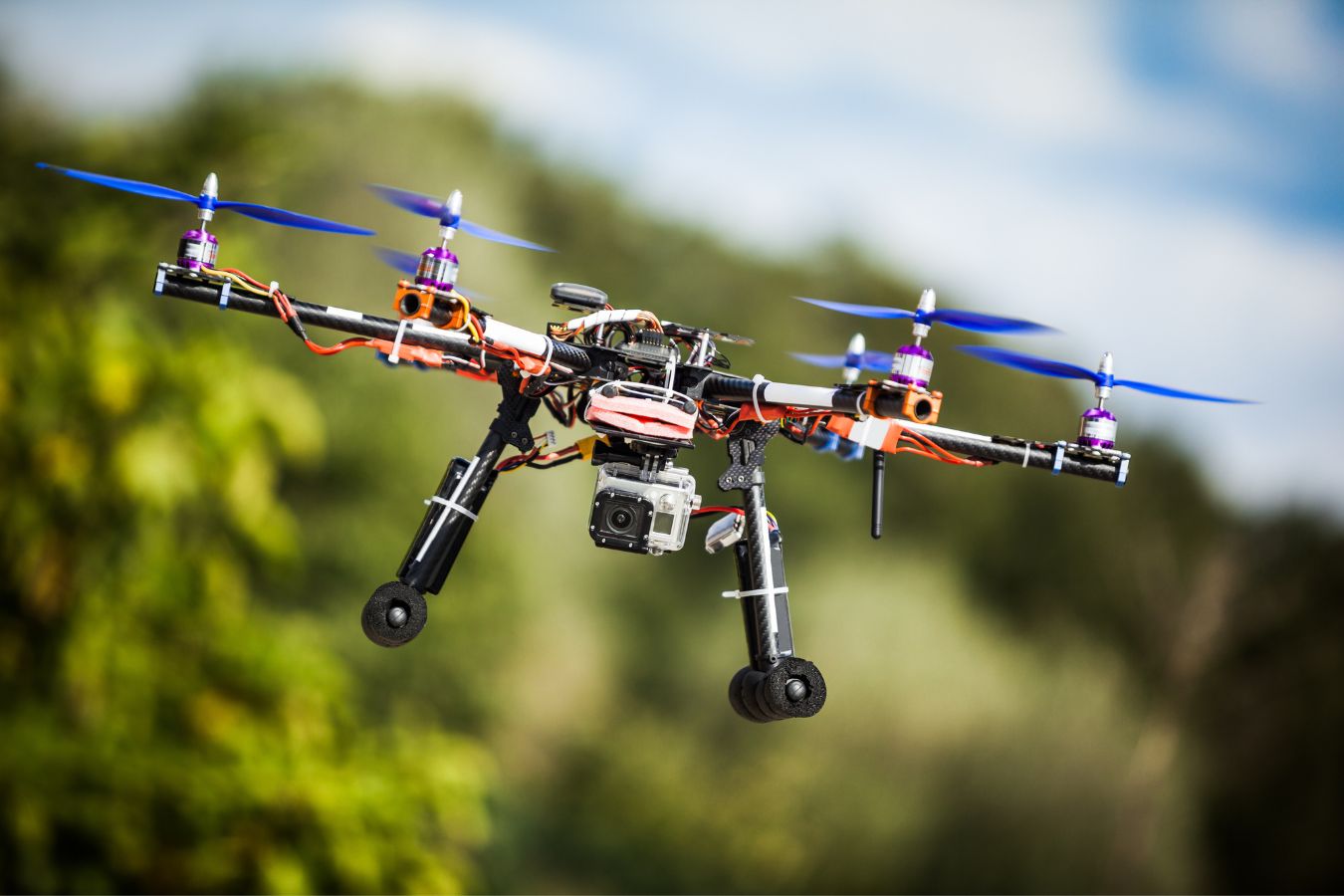
4. Crop Monitoring
Large coffee plantations can be challenging to monitor manually. Drones can cover large areas in a short amount of time, collecting data on crop growth and health. This information can help farmers make quicker, more informed decisions, improving the quantity and quality of the crop yield.
5. Planting and Soil Analysis
Advanced drones are transforming agriculture with features that go beyond monitoring and spraying, and into the realm of active farming procedures: planting and soil analysis.
Some top-tier drones are now equipped with specialized planting mechanisms, allowing them to handle the seeding process with minimal human intervention. The drone carries a payload of seeds that are encased in nutrient-packed capsules. Using sensors and GPS coordinates, the drone drops these capsules in a pre-defined pattern, ensuring precise placement and optimal space utilization. Besides seeding, some drones can even plant saplings, making them beneficial for reforestation as well. By automating planting procedures, drones significantly decrease labor requirements and related costs, Moreover, they can work round the clock and in various weather conditions, bringing about efficiency and consistency hitherto unseen in traditional methods.
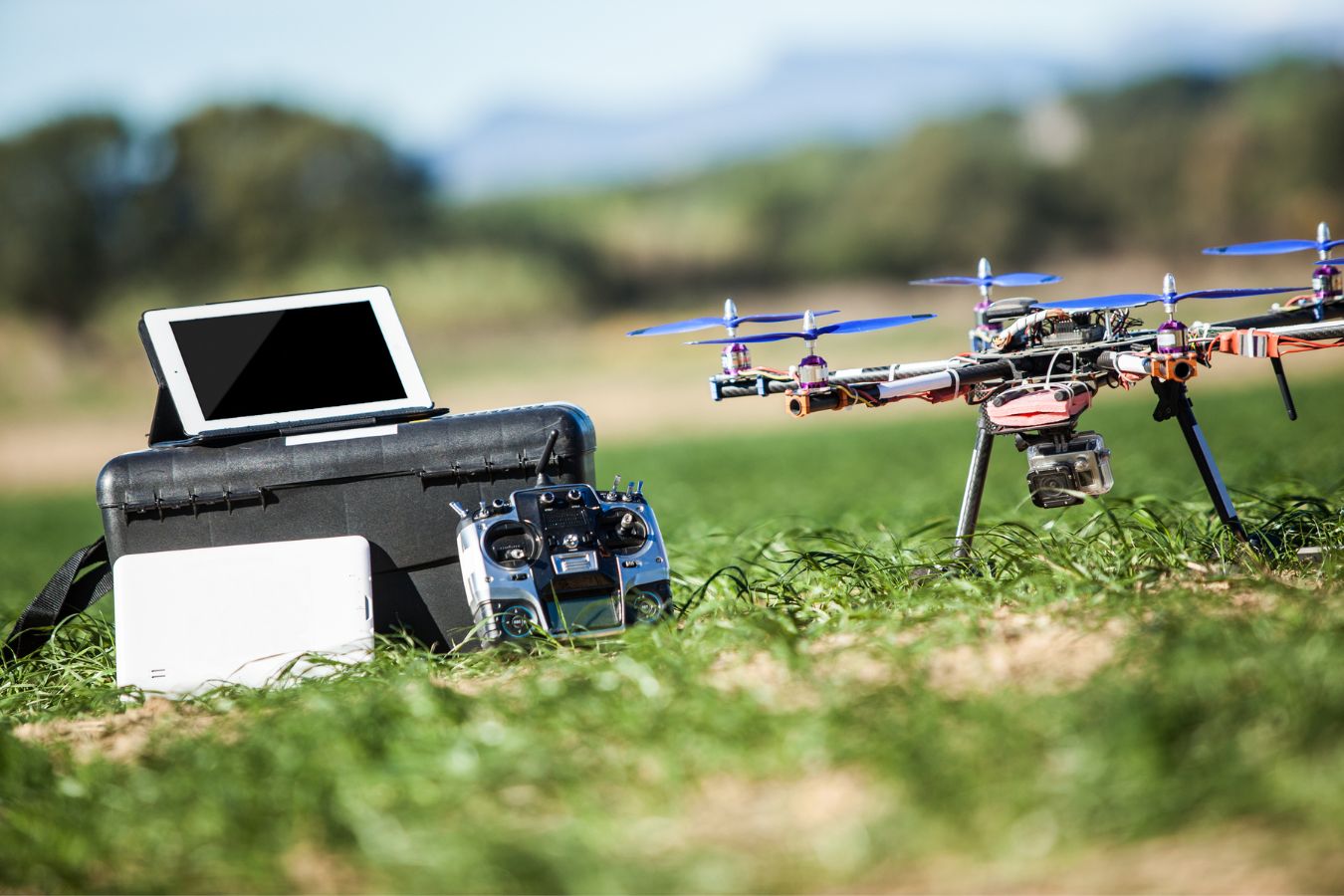
On the flip side, drones are making waves in the area of soil analysis. They can be outfitted with specialized sensors that can provide vital information related to the soil’s composition, moisture content, and temperature as well as details about field topography. Employing technologies like multispectral and hyperspectral imaging, drones can measure the reflectance from different soil components like organic matter, water content, and minerals, resulting in a comprehensive soil composition profile. Understanding these profiles helps farmers plan for appropriate fertilization and irrigation strategies, optimize planting patterns, and predict potential yield.
Moreover, drones can generate 3D maps of the land to establish the field’s topography. These insights are essential in understanding gradients, drainage patterns, and sunlight exposure, which all influence where and how to plant, and predict potential yield.
In essence, incorporating drones in planting and soil analysis makes farming more science-based and accurate, thus enhancing the efficiency and sustainability of agricultural practices.
6. Damage Assessment
In case of natural disasters or disease outbreaks, drones can assess the damage quickly, allowing for speedy mitigation measures.
By integrating drones into coffee farming, farmers like those at Helena Coffee are revolutionizing the field by reducing environmental pollution, optimizing production efficiency, minimizing costs, and promoting sustainable practices.
Drones in Coffee Farming: Helena Coffee Embraces Modern Science and Technology
From the onset of 2023, Helena Coffee incorporated drone technology into the cultivation of its coffee and cash crops. This cutting-edge application has brought forth numerous benefits including enhanced production efficiency, boosted quality and competitiveness of products and importantly, a significant reduction in environmental pollution.
Unlike traditional and manual coating methods, drones represent an advanced and modern model, leading to savings of approximately 30% in protective plant drugs and 90-95% of water use.
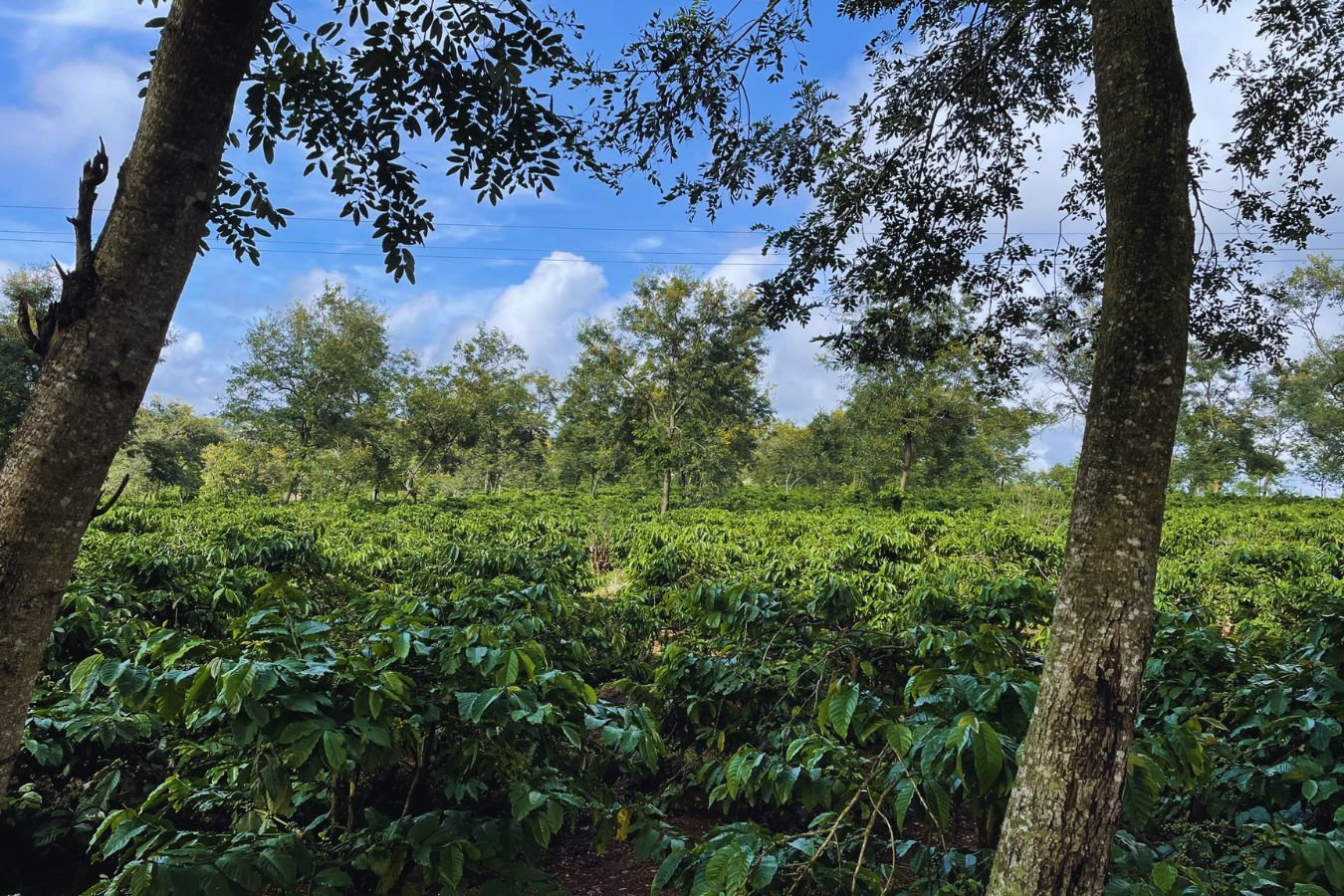
Additionally, the deployment of drones has marked an elevation of the efficiency of production processes. Drones, leveraging advanced sensor and digital imaging capabilities, provide detailed and insightful real-time data. This precise insight into crop health and needs signal where attention is required, which translates to ideally distributed efforts and resources, optimizing the overall output. This radical shift to technologically driven farming has boosted Helena Coffee’s productivity, illustrating what modern agriculture can achieve when cutting-edge technology is astutely integrated into traditional farming practices.
Helena Coffee, a Leading Pioneer in Coffee Production
Helena Coffee, one of the leading companies in growing, producing, and processing coffee in Dak Mil district, Dak Nong province, possesses an impressive expanse of nearly 130 hectares of coffee area. This company’s primary goal is to build the “Specialty Coffee Helena” brand in an effort to bolster the value and competitiveness of Dak Nong coffee products in both domestic and global markets.
As part of their strategy, Helena Coffee has integrated synchronous solutions, such as applying high-technology in production and processing; reducing pesticide use and prioritizing biologically active substances thus contributing to environmental preservation.
According to a Helena Coffee Company representative, the use of fogging technology involves spraying drugs in mist form with microscopic particle sizes, ensuring easy adherence to leaves without dissipating to the ground. This low-level drone operation not only enhances pest control efficacy but also diminishes waste, pesticide residues, and environmental pollution, making for labor, time and cost-saving measure.
Helena Coffee’s Future Plans: Contributing to Sustainable Economic Development
In addition to drone utilization, Helena Coffee plans to widen its crop area between 2024 to 2026. This includes the plantation and cultivation of various coffee variants and the application of high-tech agricultural models, such as NETAFIM-ISRAEL drip irrigation.
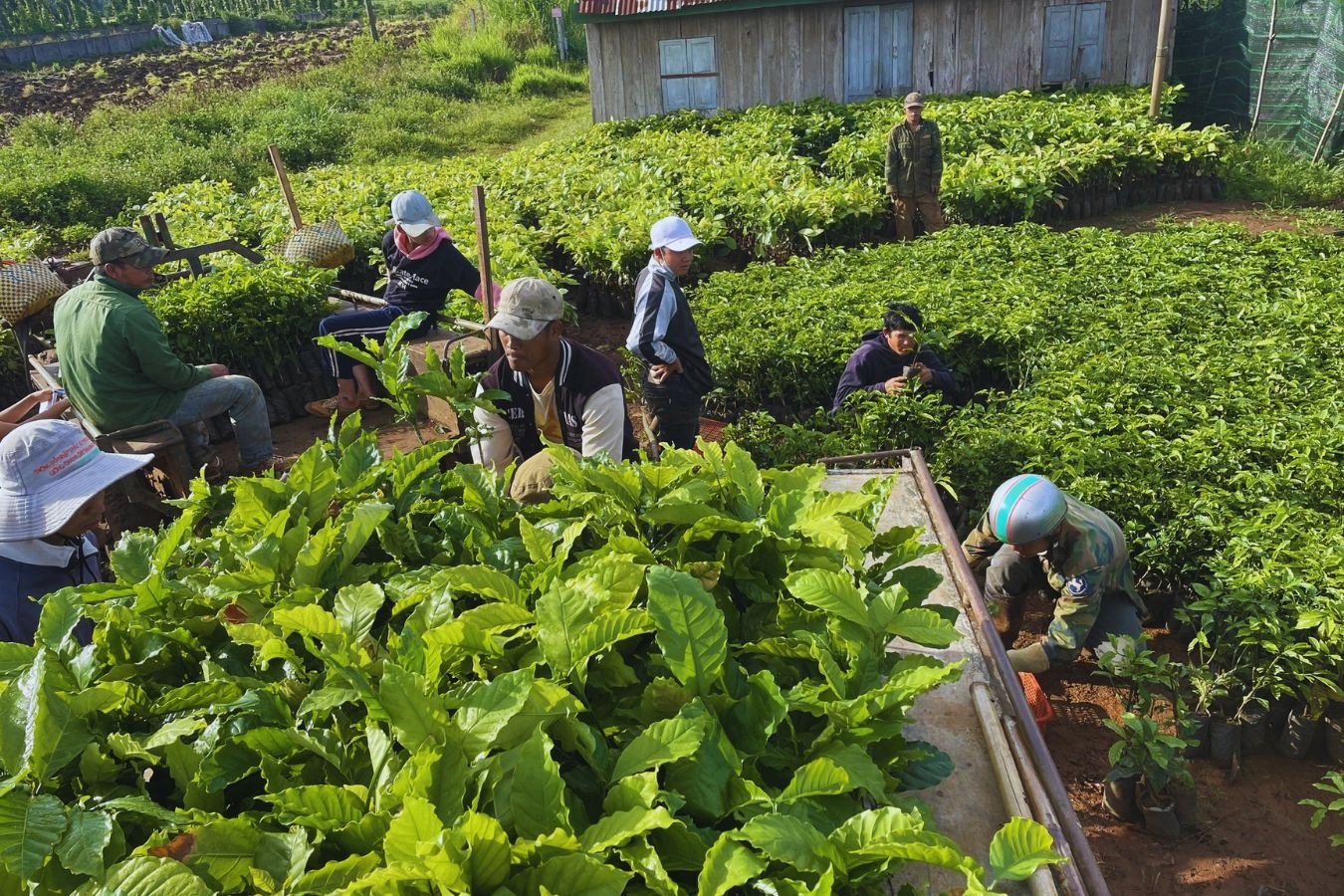
Helena Coffee has contributed to reducing environmental pollution by developing coffee in a green and sustainable manner, maintaining a priority in using biologically active substances for crop irrigation and spraying.
Currently, they are embarking on implementing a new landscape coffee model also known as the 3-storey ecological garden model, yielding an eco-friendly organic cultivation method with a ripe harvest reaching about 90-100%.
The facility contributes greatly to local socio-economic development by creating regular jobs for about 100-150 local workers, including children of ethnic minorities. This fosters a sense of security among the workers, stimulating local economic growth and the development of Daw Nong’s agricultural economy.
During its operation, Helena Coffee Joint Stock Company has engaged in multiple social-supporting activities such as gifting disadvantaged households, supporting the Study Promotion Fund, contributing to the new rural area program, and offering financial support and medical supplies in the wake of the COVID-19 pandemic.
Helena Coffee’s efforts have significantly pushed socio-economic development in the Dak Nong border region, thereby enhancing the value and brand recognition of Dak Nong coffee products in domestic and foreign markets.